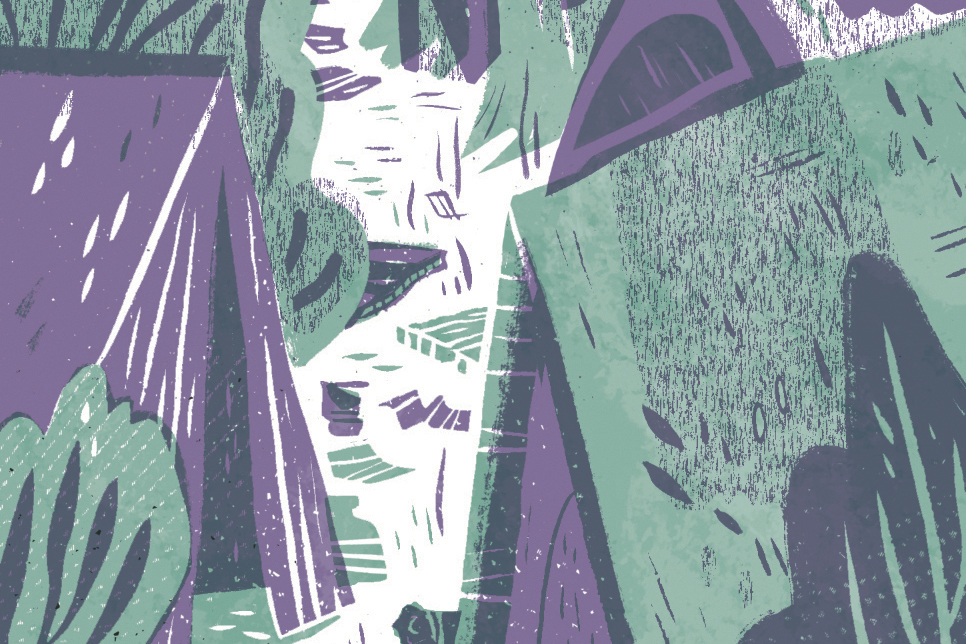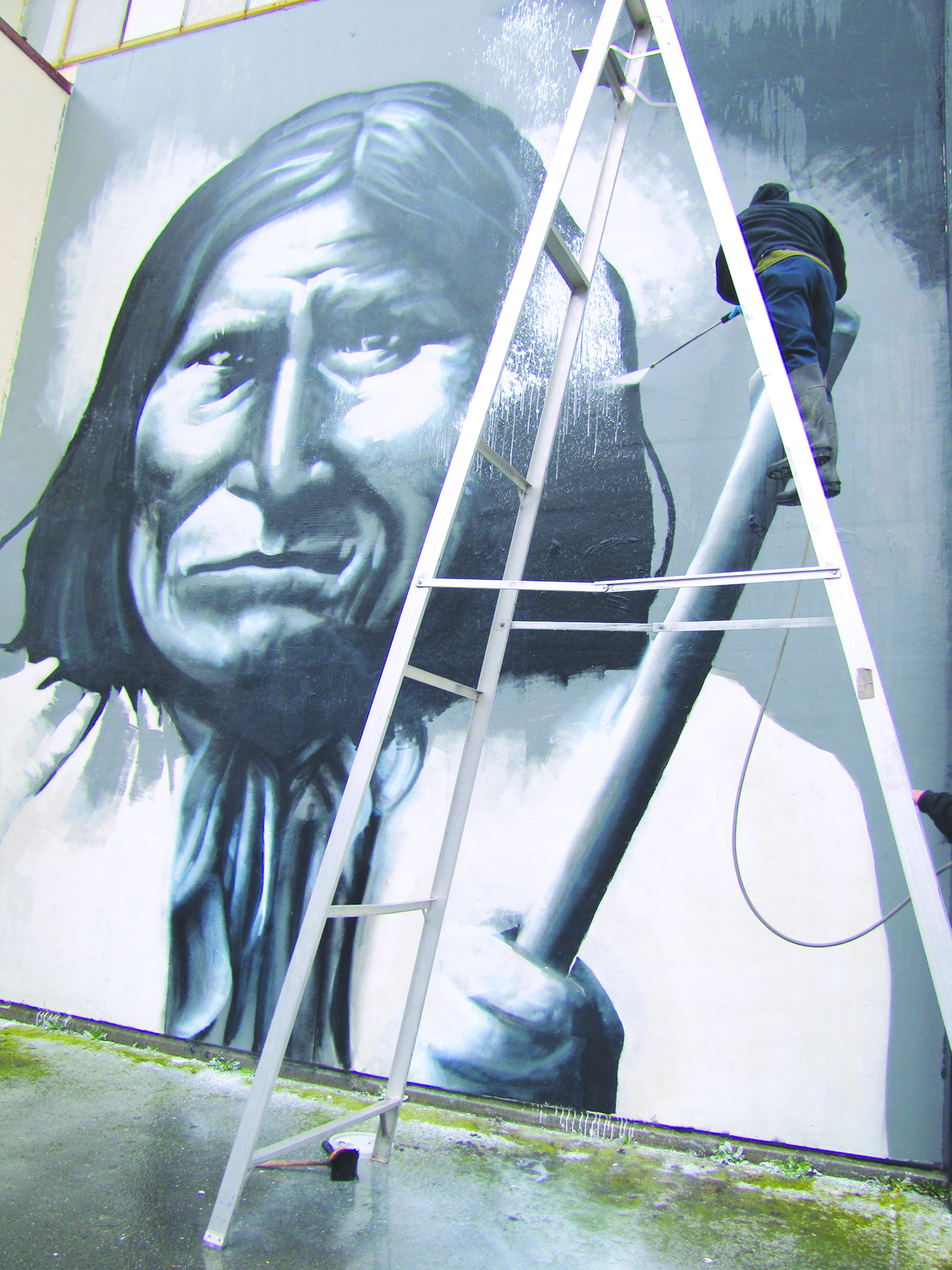When Central Washington University anthropology professor Mark Auslander delved into the old ledgers at the Smithsonian, he made a discovery that—while not completely shocking, given our nation’s history—nonetheless sparked an instantaneous reaction when it was published last week.
What Auslander found was that the red sandstone used to build the Smithsonian Castle (otherwise known as the Smithsonian Institution Building) was quarried by slaves—specifically, slaves linked to Martha Washington’s family. Published in Southern Spaces (a peer-reviewed journal connected to Emory University’s Robert W. Woodruff Library) and highlighted in a recent Washington Post article, Auslander’s research once again pushes our country’s guilty history and uncomfortable relationship with slavery to the forefront. The author of the award- winning The Accidental Slaveowner: Revisiting a Myth of Race and Finding an American Family, Auslander hopes his findings diversify our understanding of history and help us move forward as a nation.
The Central Washington professor and director of the university’s Museum of Culture and Environment has worked at the Smithsonian twice: as a consultant at its National Museum of Natural History in the ’90s, and as a senior fellow at the National Museum of African Art while conducting the research discussed here. Auslander says the effort was a long time in the making: “I remember, even way back then in the ’90s, elderly African-American guards [at the Smithsonian] would say, ‘You know, we’ve always heard the Smithsonian was built by slaves.’ The official line was that wasn’t possible. I finally decided to follow up on that with all these different leads.”
They pointed Auslander in the direction of a quarry in the community of Seneca in Montgomery County, Maryland, where the sandstone used in the Smithsonian Castle originated, and which was once owned by John Parke Custis Peter, a great-grandson of Martha Washington. The hours Auslander spent poring over the Smithsonian ledgers provided the historical evidence he was looking for: Slaves quarried the sandstone used for the Smithsonian, and those slaves were connected to the United States’ first First Lady.
“The legal situation was complicated for widows under Virginia law. Strictly speaking, the slaves out at Seneca, Maryland, were descended from enslaved families that had been part of the Custis estate, which had been owned by Martha Custis’ first husband, and which were then administered at Mount Vernon by George Washington, Martha Custis’ second husband,” explains Auslander. “Martha herself, it would appear, only legally owned one slave during her lifetime. As the widow of her first husband, Martha had ‘life usage’ to one-third of her husband’s estate; that wealth, in the form of land and slaves, was to revert to his heirs after her death.”
Thanks to Auslander’s work, we now have evidence that slaves played a role in erecting America’s most famed museum, much as they did at the U.S. Capitol and the White House.
“Twenty-five years ago, when I was hearing from those elderly African-American security guards, and I was sort of dismissive of what they were saying—I thought it was a nice story. But it turns out they were right,” says Auslander, who spoke to Seneca residents who confirmed his findings through stories passed down through the generations. “I guess that for me might be the biggest takeaway,” he says—”It really pays to listen to members of the community, to those stories that have been passed on, because those raise questions for research that we need to attend to.”
Auslander’s findings about the origin of the Smithsonian’s sandstone have sparked an intense reaction. While the Smithsonian has been supportive of his research and cooperative throughout the process, he says, “At the highest level, the institution is still trying to figure out how to deal with its involvement in slavery.”
Meanwhile, the Washington Post article has garnered (at press time) more than 700 comments, ranging from thoughtful to—well, not so thoughtful.
“The work of race in America is still an unfinished project,” says Auslander, who has worked on issues related to slavery for the past 12 years. “Any time you point out the legacies of slavery, lots of people get very energized, and you get all sorts of intense conversations.
“There have been some people who I think were a little hurt or upset, even at the Smithsonian. I think it’s a little hard to hear that this institution that you love has this particular kind of history,” he continues. “But most people have felt it is a good thing to acknowledge this history, because that’s what lets us move forward. If we don’t acknowledge the way things were, we really can’t make things the way they’re supposed to be.”







